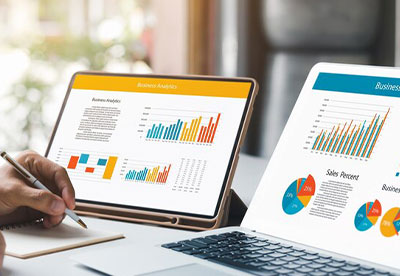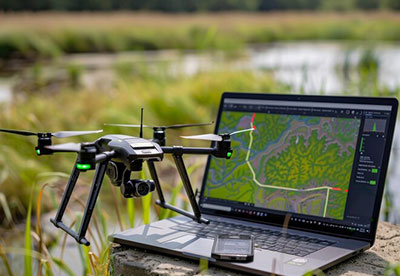Analytics is a branch of computer science that looks for meaningful patterns in data using arithmetic, statistics, and machine learning. Analytics, often known as data analytics, is sorting through enormous data sets to find, understand, and communicate new information.
What is Business Analytics?
The process of turning data into insights to enhance company choices is known as business analytics. Some methods used to extract insights from data include data management, data visualization, predictive modeling, data mining, forecasting simulation, and efficiency.
High-quality data-educated analysts who are familiar with the market and technologies, and a commitment to utilizing data to unearth insights that inform business decisions are all necessary for business analytics success.
Need for Business Analytics
Analytics is necessary to understand the needs of a customer. To provide predictions for the future, the business employs data visualization. Developing decisions and making plans are aided by these insights. Enterprise growth is driven by business analytics, which tracks performance.
The initial analysis frequently makes use of a smaller sample data set. Advanced data mining and predictive modeling software and spreadsheets with statistical features can also be used as analytics tools. The raw data shows patterns and linkages. The analytical process then iterates by raising new questions until the business goal is attained.
Business analytics is the first resource your firm requires to make well-informed choices. These choices will probably affect your entire business because they will help you expand market share, boost profitability, and give potential investors a higher return.
Large amounts of data can be daunting for some businesses, but business analytics aims to integrate this data with useful insights to help you make better business decisions.
Additionally, because this data may be presented in any manner, the decision-maker at your company will feel educated in a way that suits them and the objectives you established at the outset of the process.
How to Achieve Success With Business Intelligence Analytics?
Types of Analytics
There are four types of analytics:
- Descriptive Analytics: It is the process of analyzing historical data and KPIs to spot patterns and trends. Using data aggregation and data mining techniques enables a comprehensive view of what has happened in the past and what is happening now.
- Diagnostic analytics: Examines prior performance to identify the factors influencing particular trends. To determine the reason behind specific events, drill-down, data mining, data discovery, and correlation are used. Algorithms for classification and regression are used once it has been determined how likely an event is and why it might happen.
- Predictive Analytics: It uses statistical models and machine learning approaches to predict and evaluate future outcomes. Models that estimate the probability of particular outcomes are usually created using the findings of descriptive analytics. This kind is frequently used by sales and marketing teams to predict customer attitudes based on social media data about particular customers.
- Prescriptive Analytics: Uses historical performance data to make suggestions on how to manage similar circumstances going forward. This kind of business analytics can suggest the precise activities that should be taken to achieve the greatest outcome in addition to determining results. Deep learning and complex neural networks are widely employed for this. Different solutions are typically matched to a customer’s present needs using this type of business analytics.
Benefits of Business Analytics
One of the key advantages is that it enables your company to prepare for unforeseen circumstances. For example, BA can model current trends when projecting future sales, earnings, and other important metrics for a firm. This gives firms a chance to anticipate changes that could happen annually, seasonally, or on any other scale.
Your business can test out new marketing initiatives thanks to business analytics. For example, you may better analyze the impact of your advertising campaigns on various audiences and demographics since BA gives you data on customer behavior. Additionally, if you can determine that a customer is less likely to buy from you again, you might think about providing them with targeted specials to win their business back.
Conclusion
You can be certain that using business analytics will help your company make decisions that will improve revenue, customer satisfaction, and overall effectiveness. In addition, these techniques are frequently regarded as a hidden treasure because they might show you how to outperform your competitors. So set your sights on your objective and remain focused; you’ll be pleasantly surprised by what you discover.
How to Become a Better Business Intelligence Analyst?
3 mins read


















